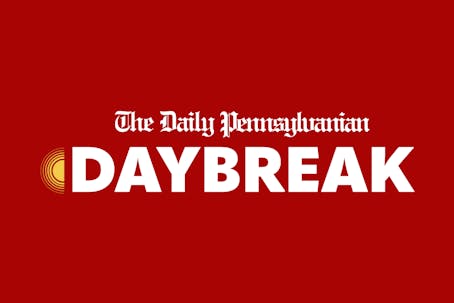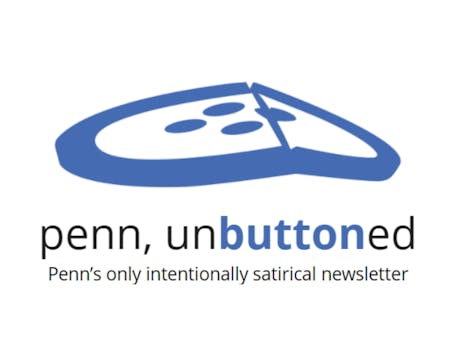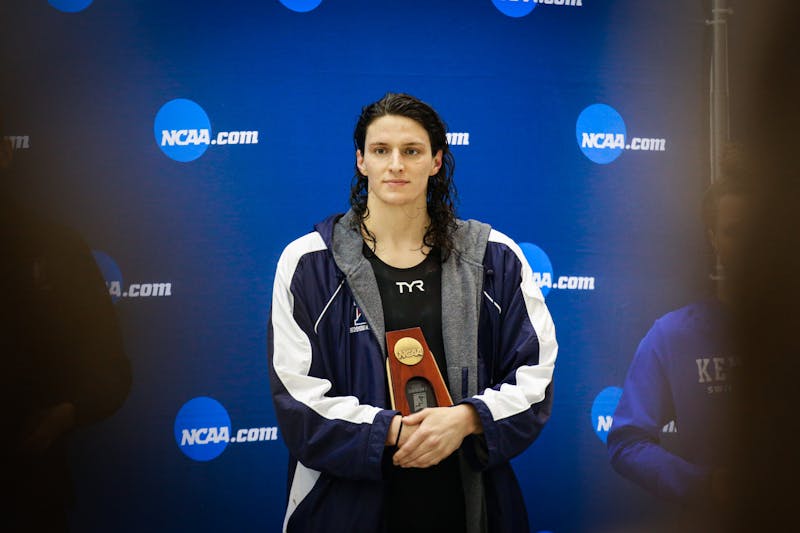Fifty-seven percent of college students nationwide are women, and experts predict that this proportion will continue to grow.
But Penn has defied the trend.
While other Ivy League schools have seen a rising portion of female applicants and students, Penn's ratio has hovered around 50 percent.
Women made up 49 percent of Penn's total applicant pool this year. They have constituted about half of the undergraduate population for the past several years.
At Brown University, however, 60 percent of applicants to the undergraduate class this year were women.
Harvard University's class of 2008 was the first class in the university's history to admit more women than men.
Debra Humphreys, spokeswoman for the Association of American Colleges and Universities, said she thinks gender gaps favoring women are most noticeable at smaller, less prestigious liberal arts colleges.
David Hawkins of the National Association for College Admission Counseling said that while various studies have examined the trend, none have produced conclusive results.
"There are a lot of theories, none of which seems to carry the day," he said.
He added, however, that factors like the civil rights movement of the 1960s and earlier intellectual development among women may be at the root of the trend.
The admission counseling association discusses methods to attract more men to college campuses, just as it explores strategies to promote minority enrollment, Hawkins said.
Such proposals include stressing the academic and social aspects of colleges that are typically more appealing to men. But he predicts the rising proportion of women will not taper off any time soon.
At Penn, the School of Nursing already makes a special effort to recruit men.
School of Nursing Dean Afaf Meleis said the school significantly boosts Penn's female-to-male ratio. Women represent 93 percent of undergraduate, graduate and doctoral nursing students.
She said the Nursing School is enthusiastic about its relatively high proportion of male students -- 7 percent, compared to the national average of about 5 percent at nursing schools.
Meleis said this is a direct result of the school's initiatives to recruit male students, among them maintaining a faculty with a relatively high proportion of men.
On the other side of the gender gap, a minority of Wharton School and School of Engineering and Applied Science undergraduates are female. Women make up 39 percent of the Wharton's Class of 2008. Last March, about 30 percent of Engineering undergraduates were women.
During the 2003-04 academic year, 51.2 percent of undergraduate students pursuing business administration and management nationwide were women, according to the National Center for Education Statistics.
Wharton junior and Wharton Women President Ayeesha Sachedina said that Penn officials emphasize business as a field for both men and women during information sessions.
She noted that the gender imbalance can prove advantageous. Because the finance concentration includes an especially small proportion of women, finance corporations look for women.
The Daily Pennsylvanian is an independent, student-run newspaper. Please consider making a donation to support the coverage that shapes the University. Your generosity ensures a future of strong journalism at Penn.
DonatePlease note All comments are eligible for publication in The Daily Pennsylvanian.







